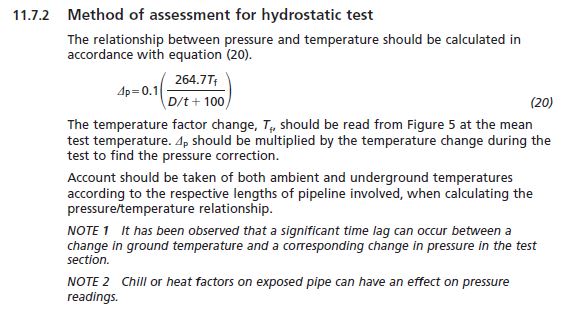Smitty532
Mechanical
- Jul 29, 2019
- 4
I'm a young engineer and I've been working on the validation of Hydrotests. I've used mass balance calculations to assist in validating the Hydrotest. However, this technique requires accurate temperature readings to ensure the calculations are correct. As of right now, most Test Logs I've reviewed show an accuracy of either +-1% or +-1 degree F. Also, the readings only go to single digits, no decimal places. I want to update our procedure to require higher accuracy and a higher resolution so that my calculations can be trusted. I don't want to validate a test when I'm uncertain of whether or not there's a leak in the system. Could someone tell me what type of temperature sensor could achieve what I'm asking?
NOTE: I'm completely willing to accept advice from anyone who believes I'm going about this the wrong way or just wants to give some professional advice.
Thanks,
Smitty
NOTE: I'm completely willing to accept advice from anyone who believes I'm going about this the wrong way or just wants to give some professional advice.
Thanks,
Smitty



![[sadeyes] [sadeyes] [sadeyes]](/data/assets/smilies/sadeyes.gif)